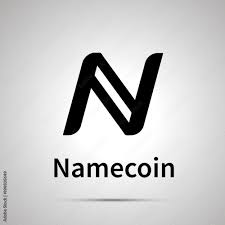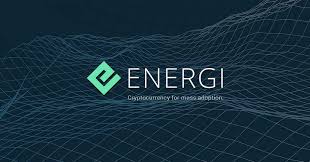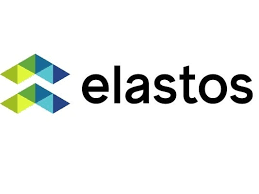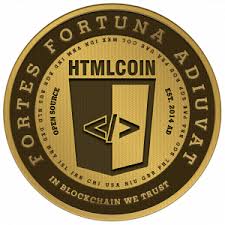Founded by former Qualcomm, Intel, and Dropbox engineers in late 2017, Solana is a single-chain delegated protocol focused on providing scalability without compromising decentralization or security.
Solana is the world’s first web-scale blockchain with a throughput of 60,000 transactions per second.

8 innovations of Solana
The high-performance Solana blockchain is built using 8 core innovations highlighted below:
- Proof of History – Hours to Consensus.
- Tower Byzantine Fault Tolerance – PoH-optimized version of PBFT.
- The Turbine is a block propagation protocol.
- Gulfstream is a transaction forwarding protocol without Mempool.
- Sealevel is the world’s first parallel smart contract system.
- Pipelining is a transaction processing block for verification.
- Cloudbreak is a scale-out database of accounts.
- Archivers – for distributed storage of ledger.
Proof of History
Given the complexity of time consensus, the Solana team has developed a unique protocol whereby the blockchain structure encodes the passage of time as data itself. The protocol is called Proof of History. It uses VDF to establish a single, undeniable truth about the time when a particular event happened.
The Verifiable Delay Function (VDF) is a function that takes a certain period to compute. Even if the processor tries to use parallel computing, it can only be performed on one processor core. The function provides a unique result that can be quickly and easily verified by network participants. Unlike calculating VDF, checking the result can be done in parallel.
In Solana, each block contains a hash of the VDF results of its predecessor. Thus, any member of the network can check the time elapsed between any two operations.
PoH works to consensus. By eliminating the network load associated with setting consensus timing, Solana achieved over 190,000 transactions per second at peak testnet load.
Recent network tests from the Solana team confirm that they generate 60,000 transactions per second on average.
Tower Byzantine Fault Tolerance Consensus Algorithm
Part of the Solana consensus consists of Tower Byzantine Fault Tolerance (TBFT), which is an alternative variant of PBFT. Since there is a reliable clock in Solana’s registry, thanks to the PoH protocol, PBFT timeouts are encoded in the registry itself.
The main purpose of Tower BFT is to ensure that all members act in the best interests of the network. Participants bid in tokens to vote for the validity of the PoH hash, which can be compared to a block in other blockchains. The hash time (block creation time) is 400 milliseconds. Each subsequent vote doubles the amount of time the network will have to stop before it can roll back that particular vote. Therefore, the more time (hashes) elapses after the vote, the lower the likelihood that the vote will be rolled back.
Turbine
The turbine uses pretty much the same technique as BitTorrent. As with BitTorrent, Turbine’s solution is to split the data into smaller packages. When you download a file from multiple peers via torrents, you download different packages of data from individual users. The Turbine does the same for the Solana network and provides much more scalability across nodes.
Gulf Stream
The Gulf Stream protocol plays a large role in caching transactions and forwarding them to the network edge. This allows validators to execute transactions faster. They reduce confirmation time by switching the leader faster and reducing the memory load of validators from pools of unconfirmed transactions. Thus, this protocol allows Solana to support 60K transactions per second.
Sealevel
Sealevel presents a solution for the parallel processing of smart contracts. In the Ethereum VM, web-based runtime means that only one contract at a time changes the state of the blockchain. It is because the EVM reads each transaction to determine if it overlaps with any previous transaction.
Conversely, the Solana runtime can process tens of thousands of contracts parallelly using as many cores as available to the validators. Transactions indicate in what state they will be read and written at runtime. The runtime finds all non-overlapping state transition functions in the block and executes them in parallel.
Pipelining
Pipelining is a process in which a stream of input data is assigned to the various hardware responsible for it. So this mechanism allows to quickly check and replicate transaction information across all network nodes.
Cloudbreak
To achieve the necessary scalability on the Solana network, Cloudbreak is required. Cloudbreak is an optimal data structure for simultaneous reading and writing on the network.
Archivers
Solana plans that its blockchain will generate four petabytes of data every year. It means that node operators will need to have significant computing power, which will prevent smaller operators from accessing.
To avoid centralization among a small group of large node operators, Solana uses archivers. Archivers are nodes that are interested in storing a piece of blockchain data. At regular intervals, archivers will be asked to prove that they are storing data and to show evidence of replication. It is estimated that a 3% inflation of the native network token, SOL, will be directed to support archivers.
By comparison, on the bitcoin network, nodes holding the entire ledger do not receive any additional compensation. Lack of compensation can become a problem in the future if the weight of the registry becomes too heavy for nodes to continue to operate on the network.
Conclusion
Solana solves many of the traditional problems faced by earlier blockchain technology. That is why the Solana platform surely will be a strong competitor to Bitcoin and Ethereum. Solana is showing rapid development in the crypto industry. Therefore, the platform will be something to look out for because it continues to evolve!











